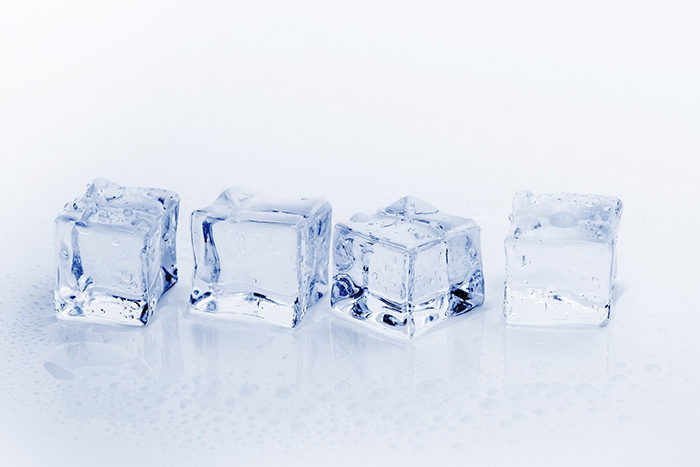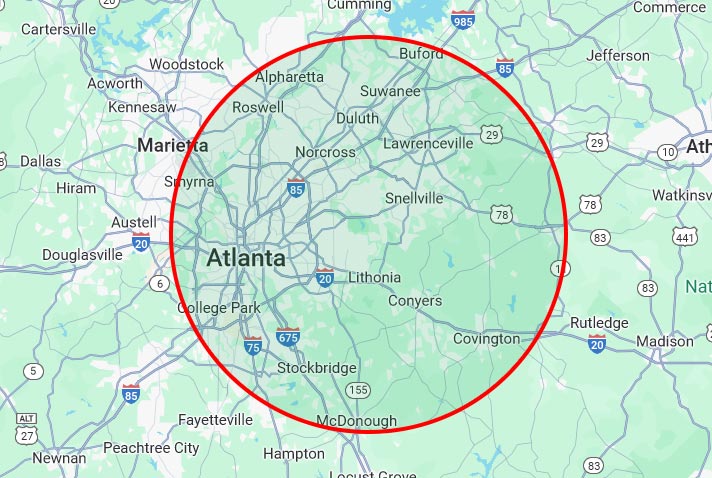These are the Most Common Refrigerator Ice Maker Issues
 As experienced refrigerator repair professionals, we’ve seen it all when it comes to ice maker issues. Luckily, some can be fixed with simple DIY steps, while others should be handled by the pros.
As experienced refrigerator repair professionals, we’ve seen it all when it comes to ice maker issues. Luckily, some can be fixed with simple DIY steps, while others should be handled by the pros.
Here at Comfort Appliance, we help people in Atlanta and surrounding communities maximize the usable life of their appliances. Need refrigerator repair? Call us today and read on for a breakdown of some of the most common refrigerator ice maker issues and what to do about them.
The Ice Maker is Turned Off
When troubleshooting your fridge’s ice maker, always start by checking the most obvious factors. One of the most common reasons an ice maker is no longer making ice is because it has been turned off accidentally.
Look inside your freezer and you should see a metal bar extending from the ice maker. This is called the fill bar, and it acts as a way to prevent excess ice from being made. When the ice maker’s storage compartment is filled with ice, it will cause the fill bar to lift up and cut the water access to the ice maker, preventing more ice from being produced.
It is common for people to accidentally raise the fill bar when pulling a food item out of the freezer. Always check that the fill bar is down before moving on to other troubleshooting steps.
Incorrectly Set Thermostat
The temperature inside a fridge must be set at the proper temperature to allow ice in the ice maker to form properly. If the freezer is too warm or cold, ice will not be produced.
Often, the thermostat of the entire appliance is situated in the fridge section of the unit. Sometimes, newer models have separate controls for the fridge and freezer individually.
Ice is Stuck in the Ice Maker
Ice that is misshaped, cracked, or overly frosted is often a sign that there are bits of ice accumulated within the mold that shapes the ice cubes. When a whole batch of ice becomes backed up within the ice maker, it can cause the whole machine to stop working.
Something you can try is to turn off the ice maker and situate it in warm water using a tray or pitcher. This warm water will melt away any stuck/lodged bits of ice. Make sure to wipe the ice bin dry so that no liquid water freezes at the bottom of the unit.
Ice Maker is Unbalanced
In order for ice to be properly molded and ejected into the collection bin of an ice maker, it is important for the appliance to be level with the freezer walls, which represent the leveling of the entire refrigerator.
Use a common bubble level to ensure that the fridge is properly levelled. Then, check the ice maker itself. Look for signs of wear, such as loose mounting screws and brackets, and tighten accordingly.
Water Supply Line Issues
If the water line that feeds into your ice maker becomes clogged, it will prevent ice from being made. If the water contains impurities, it can lead to ice that smells funny and taints your beverages. If the supply line becomes cracked, leaks can cause significant damage to the area around the appliance.
Dealing with water supply lines is not something the average homeowner is equipped to handle safely. If you suspect that your water supply line is playing a role in a malfunctioning ice maker, it is best to contact an experienced local appliance repair specialist to take a look.
Failing Ejector Mechanism
The ejector assembly on an ice maker is responsible for moving the formed ice cubes into the collection tray. If the ice doesn’t eject properly, first check for any ice or frost accumulation that might be blocking the chute that feeds ice into the bin. If that doesn’t work, it might be a mechanical issue with the ejector motor that often requires the services of a professional.
At Comfort Appliance, we help Georgia homeowners and commercial food business owners with expert refrigerator repair and commercial ice maker repair. Contact us today to learn more.



